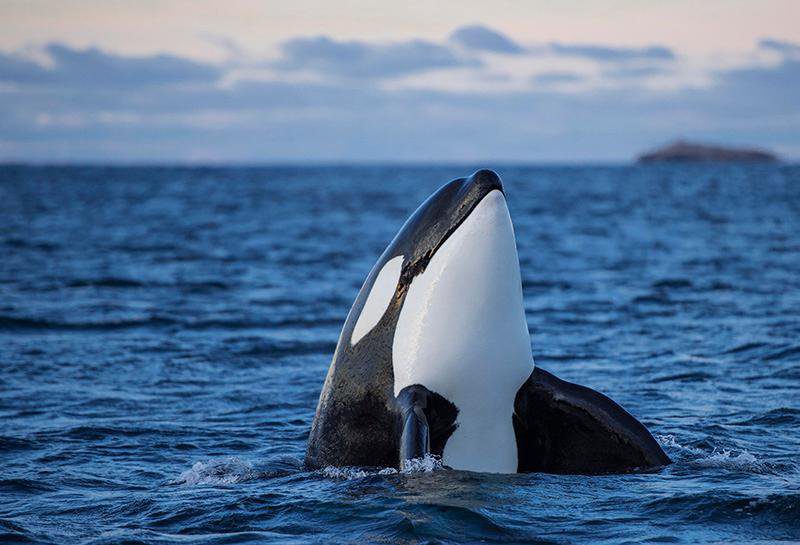The great white shark and killer whale are two of the most feared predators in the ocean. They have distinct physical characteristics that help them survive in their environment. Both are exceptional swimmers and divers, with different diets and hunting techniques. While great white sharks hunt through stealth, killer whales are skilled pack hunters that use their intelligence to tackle large prey. Social behavior also differs, with great white sharks largely solitary and killer whales forming complex family groups. Both species have complex communication systems that they use to communicate with others in their group.
Great White Shark vs. Killer Whale: The Ocean’s Top Predator
Introduction
The ocean is home to some of the most magnificent and intimidating creatures on the planet. However, only a few predators rule the depths of the ocean. The great white shark and the killer whale are two of the most feared predators in the ocean. While both species are at the top of the food chain, they have several differences and similarities that set them apart.
Physical Characteristics
The great white shark and the killer whale both have distinct physical characteristics that help them survive in their environment. A great white shark can grow up to 20 feet long and weigh up to 5,000 pounds. It has a torpedo-shaped body with a pointed snout, powerful jaws, and multiple rows of razor-sharp teeth. On the other hand, a killer whale can grow up to 30 feet long and weigh up to 12,000 pounds. It has a robust black and white body, a rounded head, and conical teeth that can be up to four inches long.
Mobility
Great white sharks are exceptional swimmers and can reach speeds of up to 35 miles per hour. They use their powerful tails for propulsion, and their pectoral fins help them navigate through the water column. Conversely, killer whales are known for their excellent diving abilities, with the ability to reach depths of over 1,000 feet. They use their powerful tails for stunning maneuvers and moving through the water with ease.
Diet
The great white shark and the killer whale have different diets, although both have a reputation for being apex predators. Great white sharks predominantly prey on fish, seals, and sea lions. On the other hand, killer whales have an eclectic diet consisting of fish, marine mammals such as seals and sea lions, and even other marine predators, including great white sharks.
Hunting Techniques
Great white sharks hunt through stealth, often waiting for prey to approach before launching a surprise attack from below. Their sense of smell is so acute that they can detect a drop of blood in the water from miles away. On the other hand, killer whales are skilled pack hunters that use their intelligence to tackle large prey like great white sharks. The orcas often work together to corral their prey and use powerful blows to stun it before delivering a fatal bite.
Social Behavior
Both the great white shark and the killer whale are social animals, although they differ in their group size and behavior. Great white sharks are largely solitary, preferring to hunt and explore alone. Conversely, killer whales are highly social animals and form complex family groups called pods. These pods are led by a dominant female, and members work together to care for their young and hunt for food.
Communication
Both the great white shark and the killer whale have complex communication systems that they use to communicate with others in their group. Great white sharks use vibrational signals to communicate with other sharks through their lateral line. Conversely, killer whales use a diverse set of vocalizations, including clicks, whistles, and songs, to communicate with each other.
Conclusion
In conclusion, the great white shark and the killer whale are two of the most remarkable predators in the ocean. While both have similar physical characteristics, they differ significantly in their diet, hunting techniques, social behavior, and communication. Nevertheless, these two species remain at the top of the food chain and are critical in maintaining the delicate balance of the ocean’s ecosystem.
